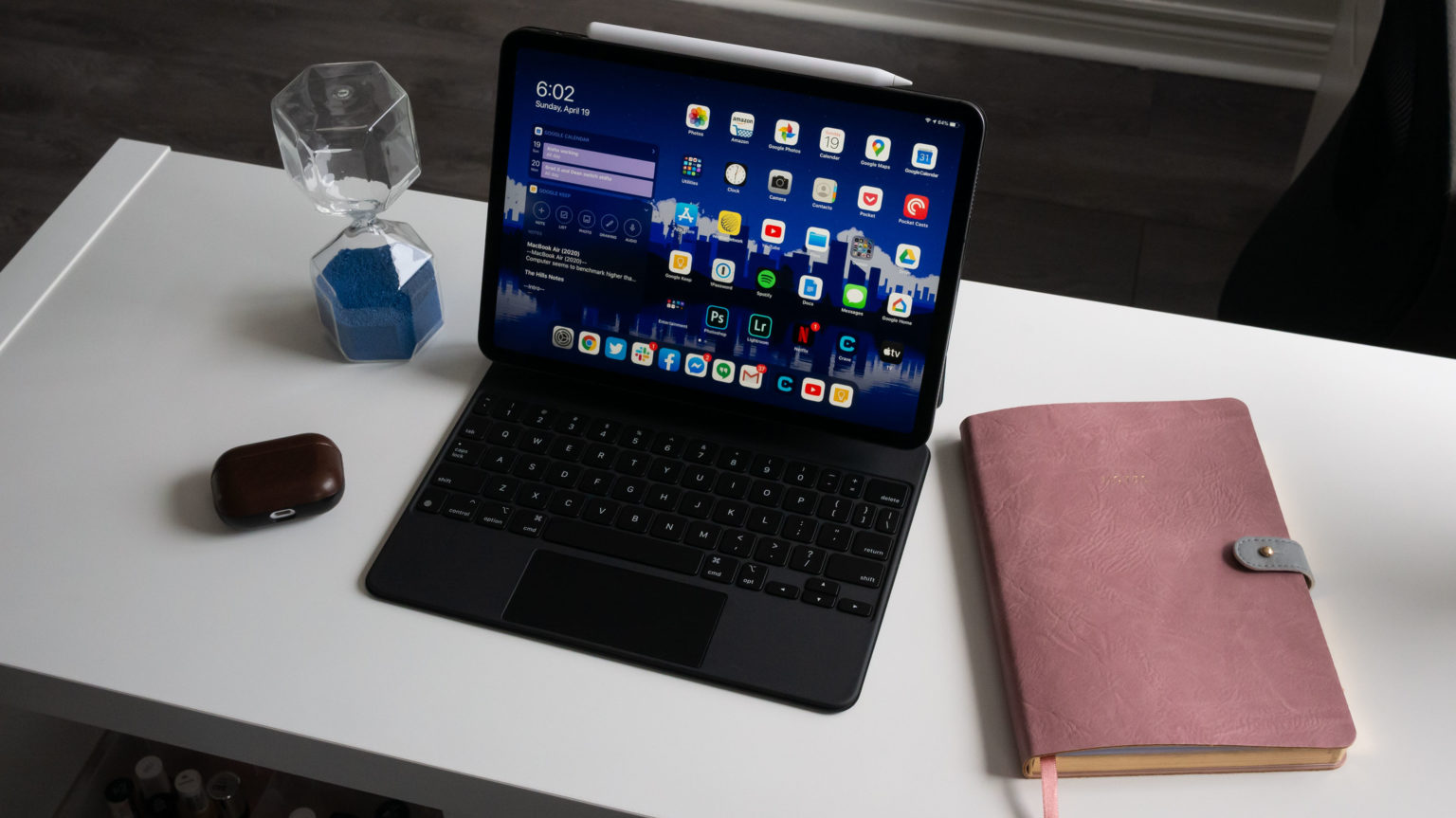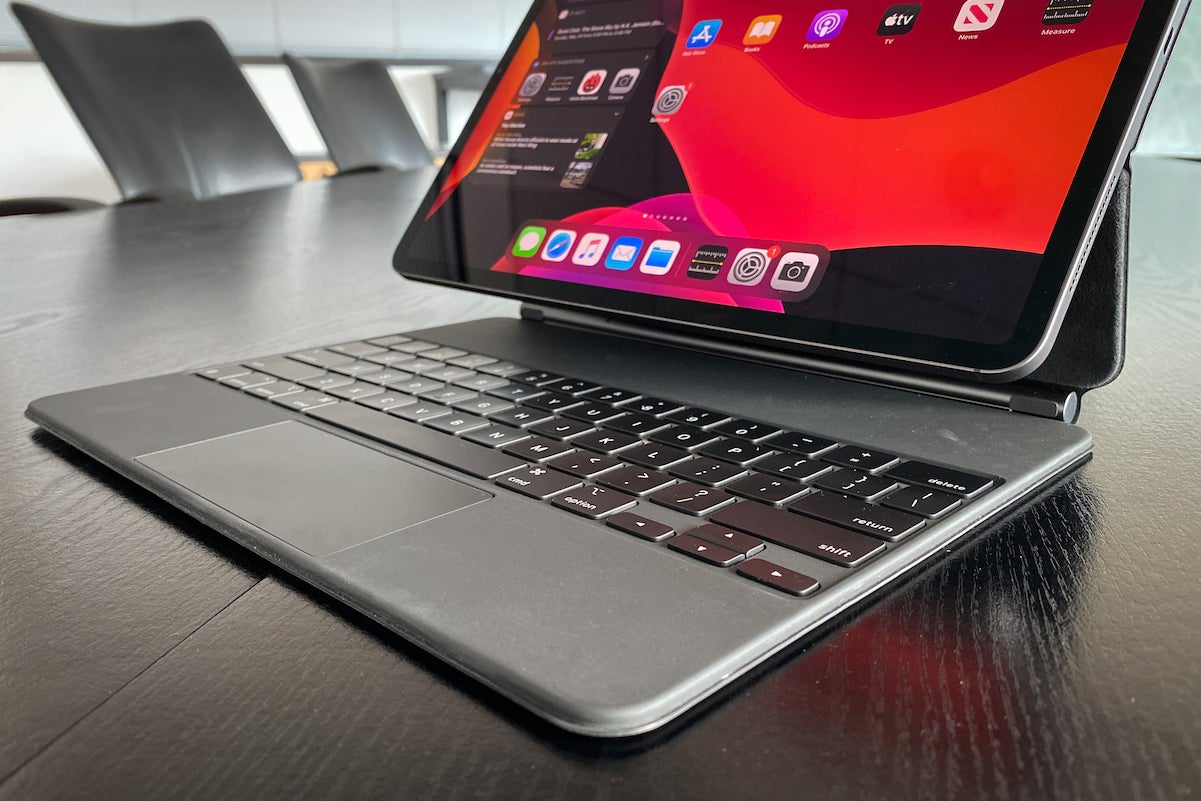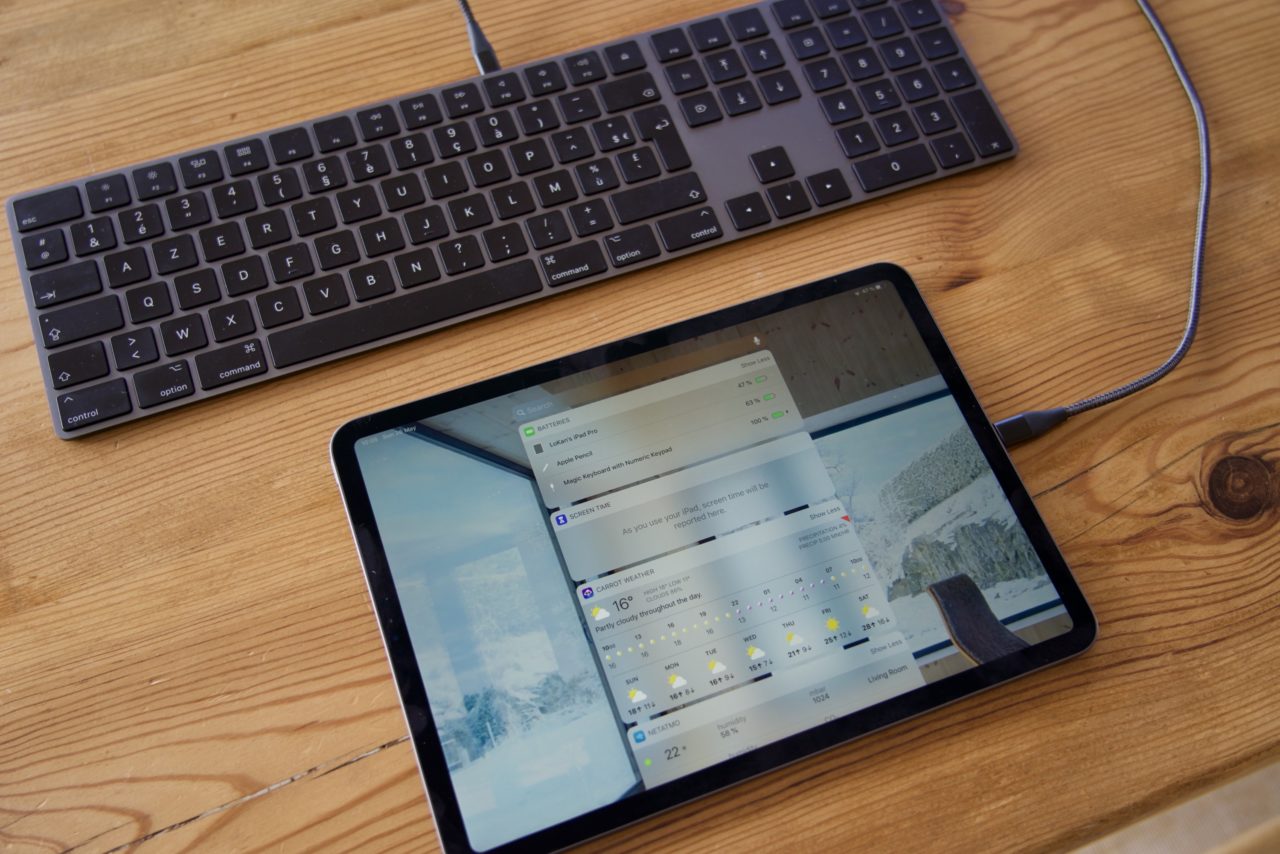Next iPad Pro: A MacBook-Inspired Design with New Magic Keyboard

Next iPad Pro: A MacBook-Inspired Design with New Magic Keyboard, Anticipates Possible Price Increase
Last week, it was reported that Apple is planning to position the iPad Pro as a versatile productivity tool. Over the past few years, Apple has introduced features like trackpad support, cursor control, and improved multitasking to make the iPad Pro a more viable alternative to traditional laptops. Enhancing the Magic Keyboard accessory with a larger trackpad and aluminum construction could further bridge the gap between the iPad Pro and MacBook, catering to users who value both the tablet’s portability and laptop-like functionality.
This move also reflects the evolving demands of users who seek a balance between portability and productivity. By offering an accessory that transforms the iPad Pro into a more laptop-like experience, Apple may continue to attract professionals and creatives who want a powerful computing device in a compact form factor. However, it’s important to wait for official announcements from Apple to get a clear picture of what changes are coming to the next-generation iPad Pro and its accessories.
The potential use of the M3 SoC in the next-generation iPad Pro and MacBook laptops signifies Apple’s commitment to pushing the performance envelope. Apple’s in-house silicon, like the M1 and anticipated M3, has showcased impressive computing power and energy efficiency, which aligns with Apple’s goal of delivering high-performance devices with long battery life.
The use of OLED displays, if confirmed, would also enhance the visual experience on the iPad Pro, offering deeper blacks, vibrant colors, and potentially more energy-efficient screen technology.

The increase in display size to 13 inches for the top-tier variant suggests Apple’s intention to cater to users who prioritize screen real estate for productivity and creative tasks. A larger display can provide more workspace, making multitasking and content creation even more seamless. However, it’s essential to await official announcements from Apple to confirm these specifications and features for the next-gen iPad Pro and MacBook laptops. Apple tends to unveil such details during its product launches.
The inclusion of aluminum in the new Magic Keyboard for the iPad Pro would likely enhance its durability and provide a more premium feel compared to the current polyurethane material. Aluminum is known for its sturdiness and lightweight properties, which can contribute to the overall build quality and longevity of the accessory. While it may result in a higher price point, many users appreciate accessories and devices made with premium materials for their durability and aesthetic appeal.
Apple has a history of focusing on design and build quality, and this shift toward aluminum aligns with that philosophy. However, users should wait for Apple’s official announcements to get more details on the new Magic Keyboard and its pricing.
The pricing of Apple’s accessories can vary significantly depending on the specific model and features they offer. The current Magic Keyboard for iPad Pro and iPad Air is indeed priced at Rs 29,900, making it a premium accessory. It’s worth noting that Apple’s pricing strategy often targets users looking for high-quality and feature-rich accessories, and this aligns with their overall brand positioning.

As for the iPad 9th-Gen, its price of Rs 33,900 reflects the cost of the entire iPad device, including the display, processing power, and other built-in features. Entry-level iPads are typically more affordable than the iPad Pro models, which are designed for users who require advanced performance and features.
When considering Apple’s products and accessories, it’s essential to evaluate your specific needs and preferences to determine which device or accessory suits you best. While premium accessories like the Magic Keyboard may come at a higher cost, they can enhance the overall user experience and productivity for those who prioritize quality and functionality.
The inclusion of a USB Type-C port on the new iPad Pro and the upcoming iPhone 15 lineup aligns with Apple’s strategy of standardizing connectivity across its devices. USB Type-C has become a universal standard for various devices, including laptops, smartphones, and tablets, as it offers faster data transfer speeds and broader compatibility with various peripherals and accessories.

Having a USB Type-C port provides users with flexibility and convenience, allowing them to use a single cable and charger for multiple devices. It also opens up possibilities for connecting the iPad Pro to external displays, storage devices, and other USB-C accessories.
This move is in line with Apple’s commitment to simplifying the user experience and ensuring that customers can seamlessly transition between their various Apple devices while minimizing the need for different cables and connectors.
Apple’s decision to switch to USB Type-C for the iPad Pro and upcoming iPhone 15 lineup aligns with global trends and regulatory guidelines, such as those set forth by the European Union. The EU has been pushing for a common charging standard for mobile devices to reduce electronic waste and improve user convenience. By adopting USB Type-C, Apple ensures compliance with these standards and avoids potential issues related to regional variations in charging ports.
While Apple has previously used region-specific updates for various products, the transition to USB Type-C allows the company to streamline its product lineup and offer a more consistent user experience worldwide. This change not only simplifies the supply chain but also benefits customers by providing a universal charging solution that can be used with a wide range of devices.

Apple’s decision to embrace USB Type-C is a step toward harmonizing charging standards and reducing electronic waste, aligning with broader industry and regulatory efforts to create a more sustainable and user-friendly technology ecosystem.
Apple has introduced region-specific variations in its products in the past. One notable example is the launch of iPhones without a physical SIM card port in the United States. Instead, these models rely exclusively on eSIM technology for cellular connectivity, a move that aligns with the preferences of some U.S. carriers and customers.
These region-specific adaptations are often driven by market dynamics, regulatory requirements, and industry trends. Apple aims to cater to the specific needs and demands of different markets while optimizing its product offerings.

In the case of adopting USB Type-C for the iPad Pro and upcoming iPhone 15 lineup, it’s a more global shift influenced by regulatory guidelines, environmental considerations, and the desire for a unified charging standard across regions. This move should simplify product development, reduce electronic waste, and provide greater convenience to customers using a common charging standard worldwide.




